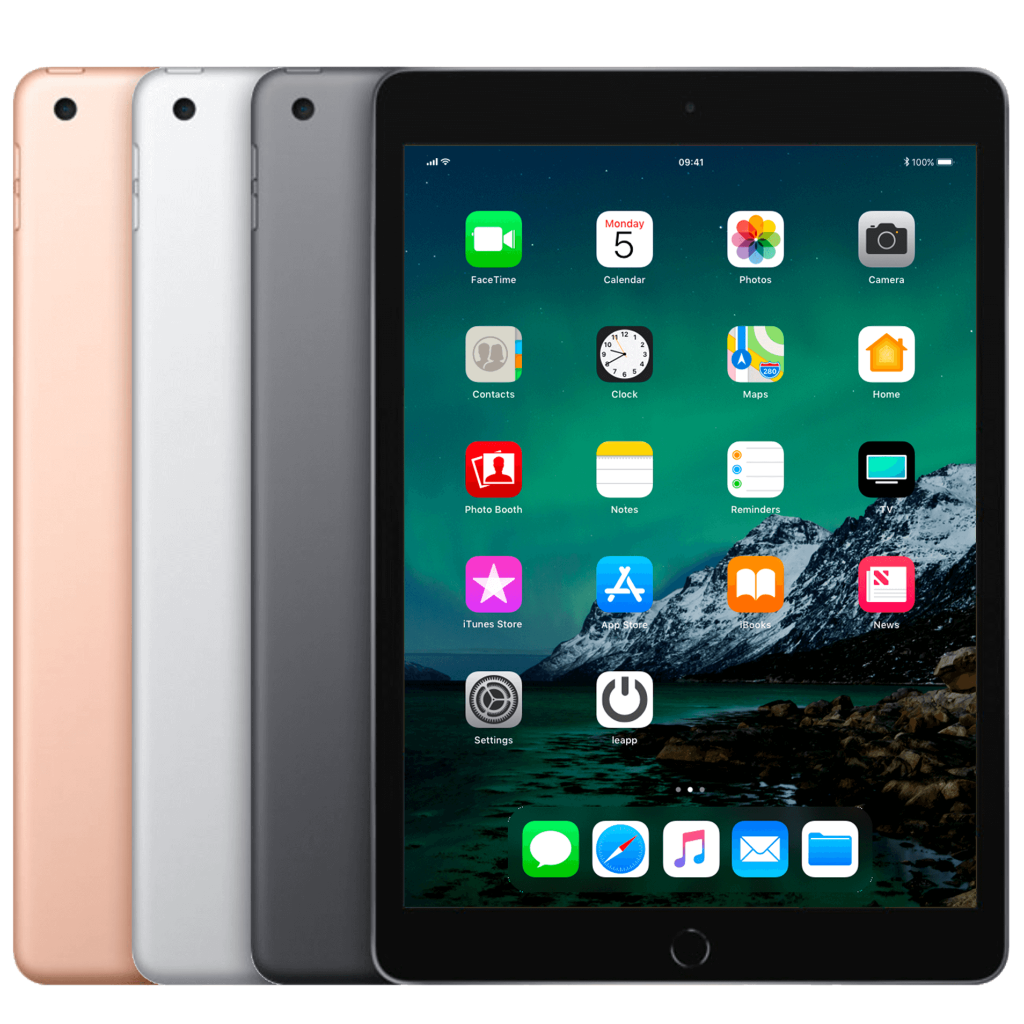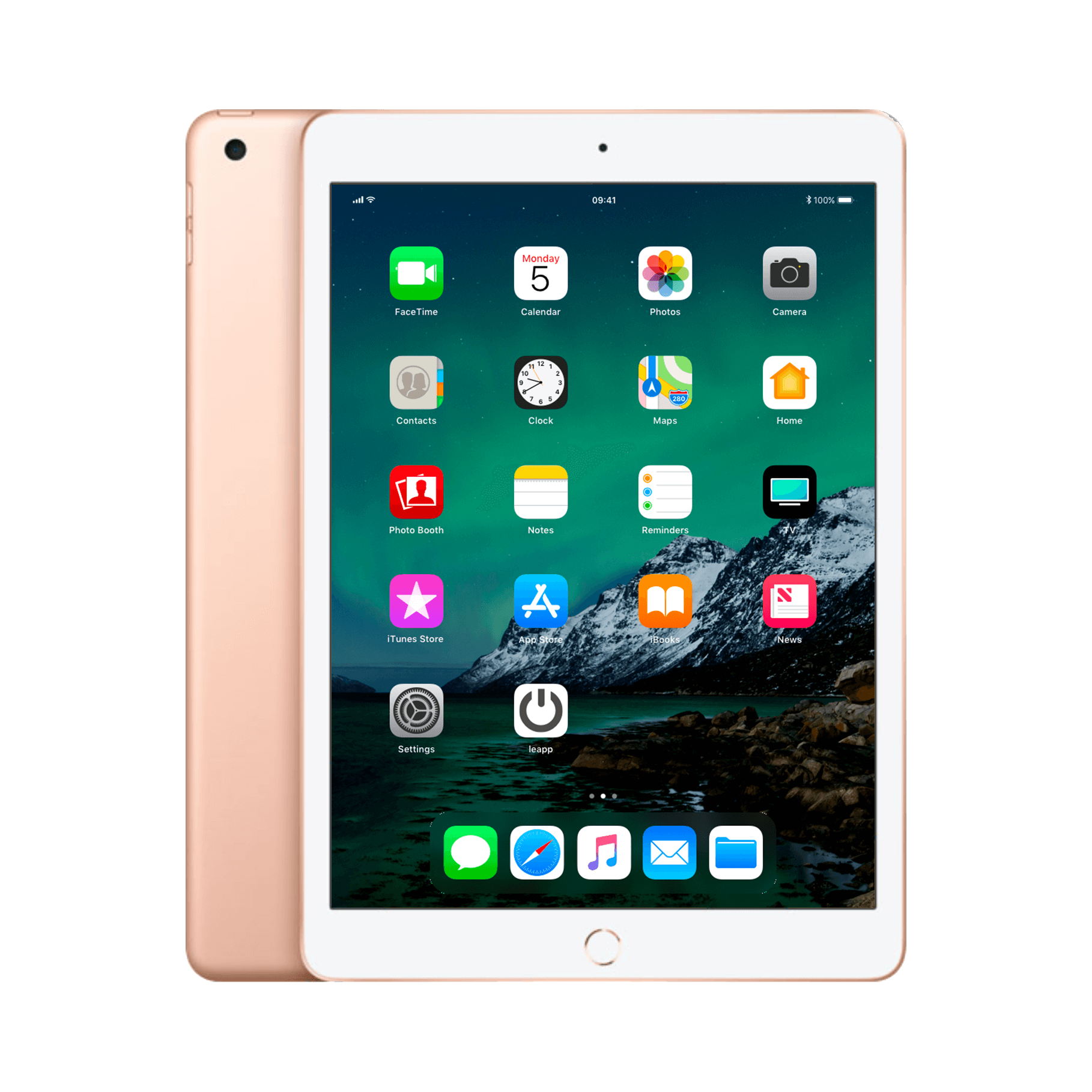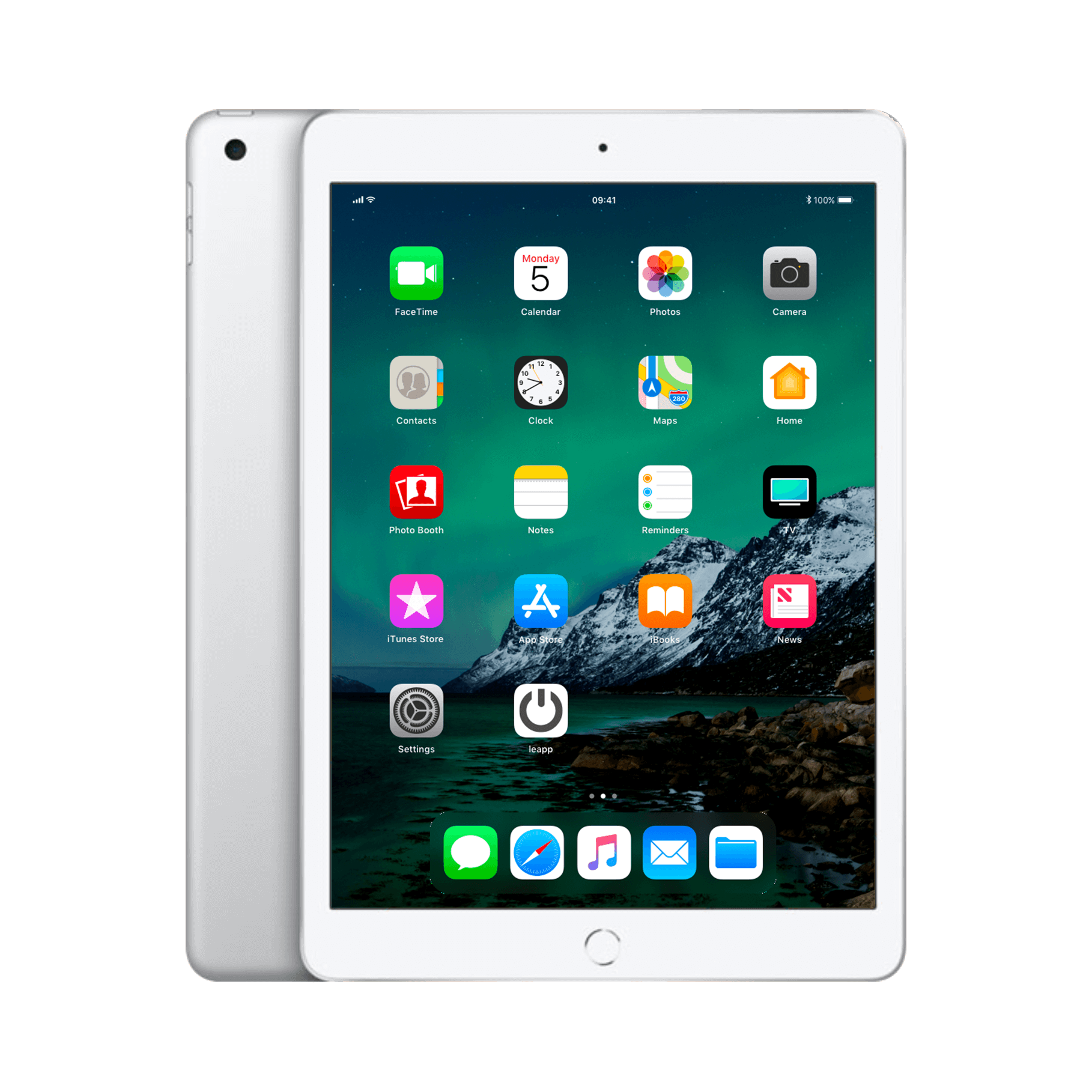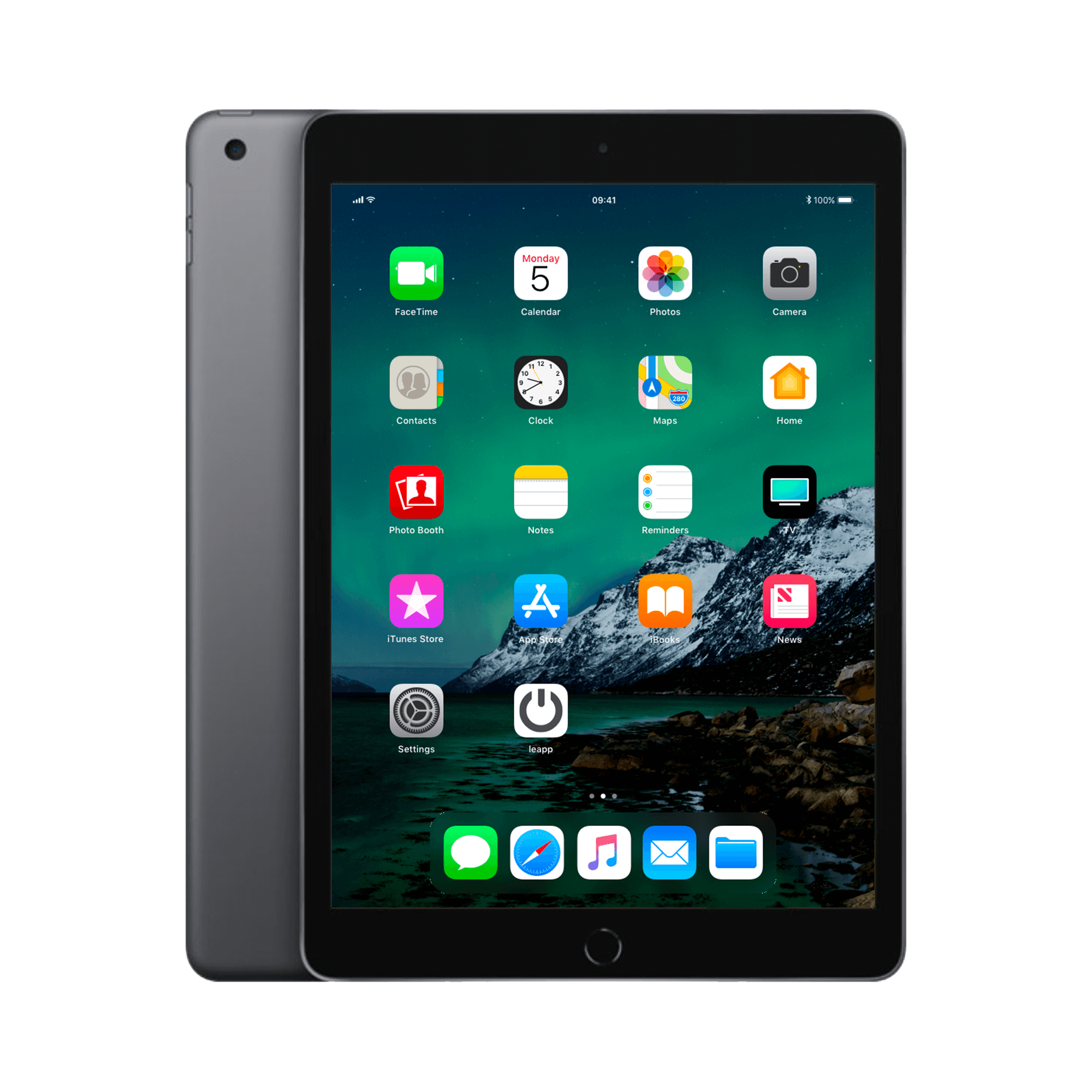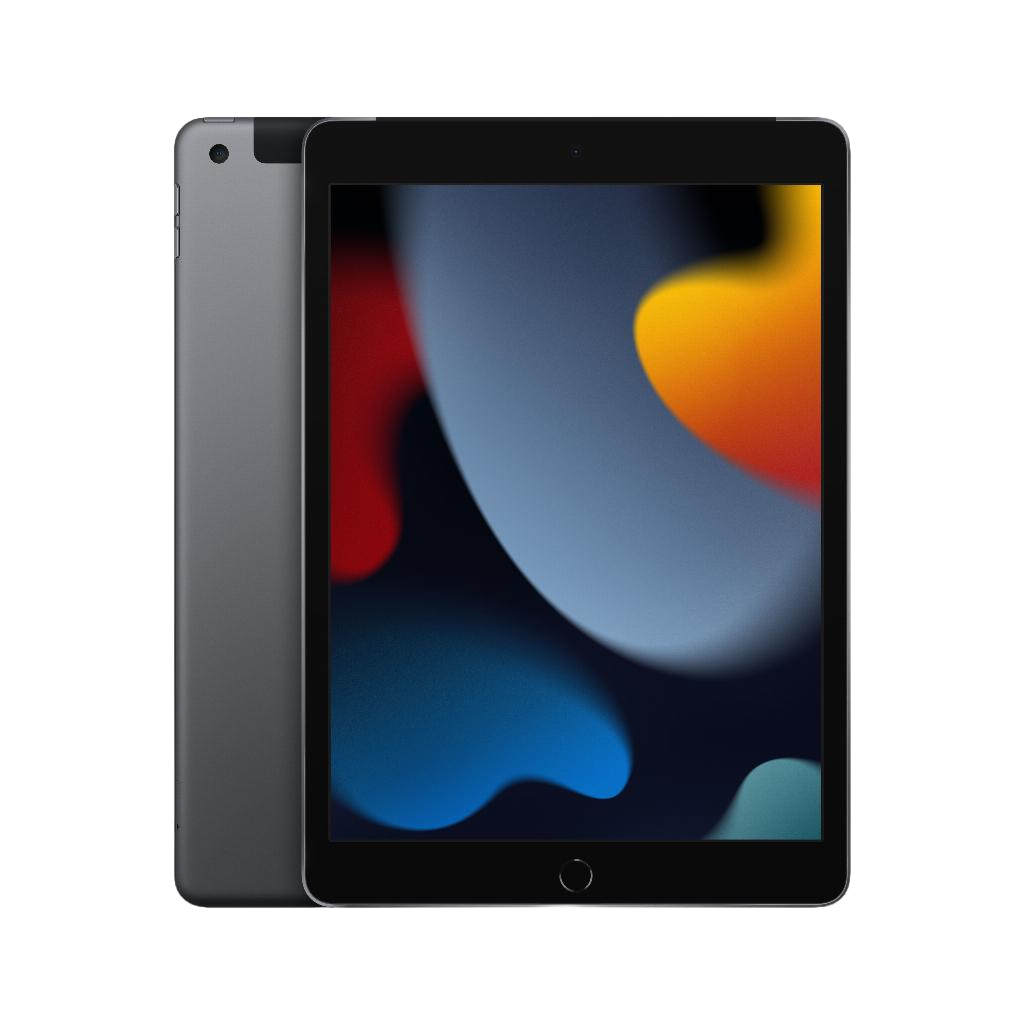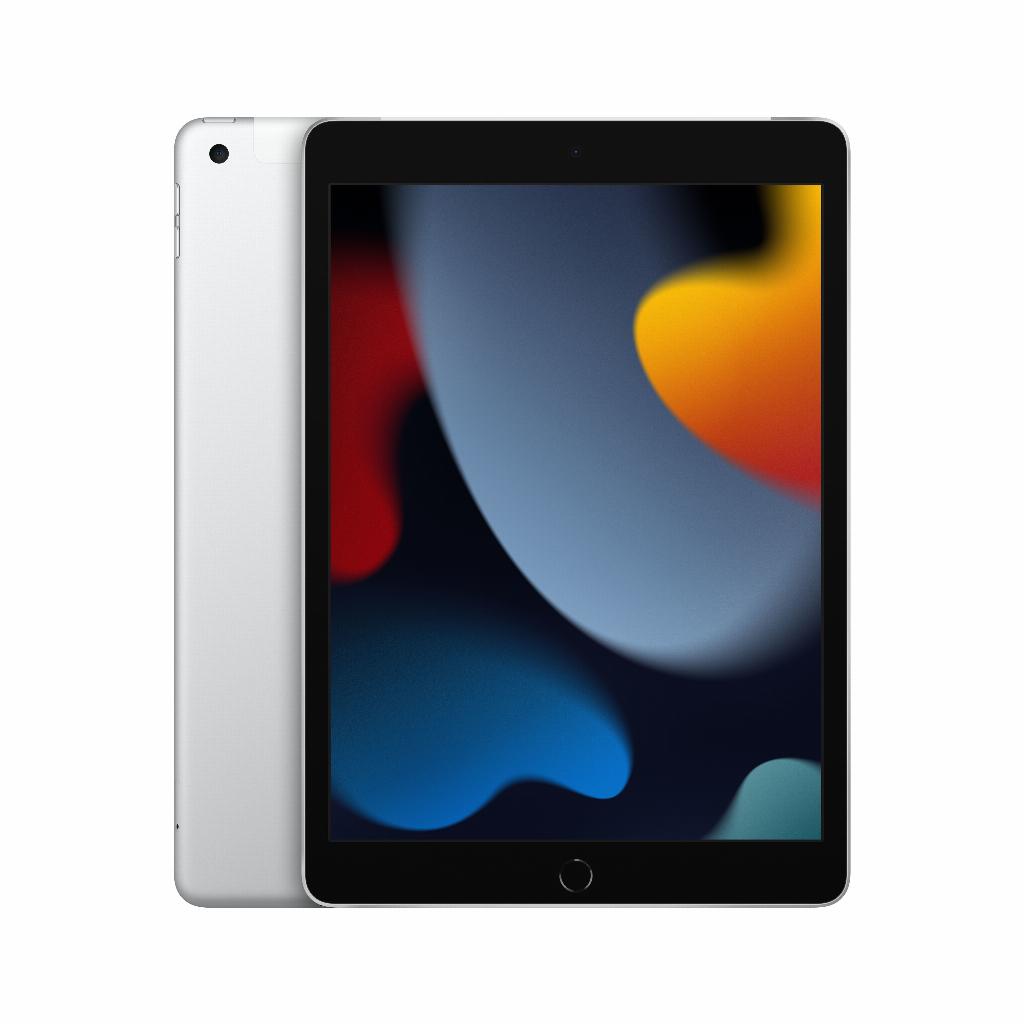iPad gets hot: no need to panic
Your iPad is getting warm. Hot, even. You frantically scroll through forums, reading horror stories about overheating tablets. Is it going to break? Should you rush to the store for a new iPad ? But here's what no one tells you: that heat is usually completely normal . In fact, most causes you can fix yourself in five minutes without spending a single euro on expensive accessories or repairs. From screen brightness that's too high to apps running in the background, the solutions are surprisingly simple. And the best part: once you know these five causes, you'll never have to panic again when your iPad feels like a toaster.
Useful links
- Refurbished iPad collection - for when your current model really needs replacing
- All refurbished Apple products - view sustainable alternatives
The 5 most common causes of a warm iPad
A warm iPad isn't necessarily a cause for alarm. Apple designed these tablets to easily handle temperatures up to 35°C (95°F). However, it's wise to be aware of the causes and take action where necessary. These five culprits are responsible for 90% of all heat problems.
1. Intensive use and heavy apps
Your iPad works just like a small computer. The more you demand, the harder the processor has to work. Graphics-intensive games like Genshin Impact or Call of Duty Mobile can heat up in minutes. Editing video in apps like LumaFusion or streaming 4K content also puts a heavy strain on your tablet.
The solution: Take regular breaks during intensive use. After 30 minutes of gaming, take a 5-minute break to give the processor time to cool down. Close apps you're not using via the app overview (swipe up and hold, then swipe apps upwards). Check in Settings > Battery which apps are using the most power—these are often the heat producers.
2. Screen brightness at maximum
Your iPad's display consumes up to 40% of its total energy. At full brightness, this heat becomes a minor issue. Newer models with ProMotion displays (120Hz refresh rate) in particular produce noticeably more heat at maximum brightness.
The solution: Enable automatic brightness in Settings > Accessibility > Display & Text Size. This adjusts the brightness based on ambient light. Indoors, 50-60% brightness is usually sufficient. In the evening, you can enable Night Shift—this not only reduces blue light but also lowers energy consumption.
3. Environmental factors and sunlight
Direct sunlight is the enemy of any iPad. The device not only has to work harder to keep the screen readable, but it also absorbs heat from outside. In summer, the casing can reach 50°C (122°F) in minutes—far too hot for comfortable use.
The solution: Use your tablet in the shade or indoors. When using it at the beach: place a light towel over the device when not in use. Also, avoid using it in the car on the dashboard – temperatures can reach up to 70°C. A good case with ventilation holes helps with heat dissipation, but avoid thick rubber covers that trap heat.
4. Background processes that continue to run
Apps running in the background are silent energy hogs. Facebook, Instagram, and navigation apps often keep retrieving location updates. iCloud syncing, automatic app updates, and email constantly checking for new messages—it all adds up.
The solution: Go to Settings > General > Background App Refresh and disable it for apps that don't need it. You can set Location Services to "While Using" instead of "Always" per app. Disable automatic downloads in Settings > App Store. For email: set manual downloads or increase the interval to 30 minutes.
5. Outdated software or hardware
Older iPads (5 years and older) have less efficient processors. They have to work harder for the same tasks that newer models can easily handle. Outdated iOS versions also often contain bugs that place unnecessary processor load.
The solution: Update to the latest iOS version that supports your model. Go to Settings > General > Software Update. If your iPad is older than 5 years, consider upgrading to a newer refurbished model—these are often more efficient and faster. Reset your iPad to factory settings once a year to clear out accumulated cache and temporary files.
Additional tips for temperature management
Besides these five main causes, there are some practical measures you can take:
- Use airplane mode: When you don't need the internet, turn on airplane mode. This disables Wi-Fi, Bluetooth, and mobile data—all sources of heat.
- Limit widgets: Widgets on your home screen refresh constantly. Remove widgets you don't use daily.
- Adjust charging behavior: Do not use your tablet while charging. The combination of charging and intensive use creates double the heat buildup.
When should you worry?
A warm iPad is usually harmless, but there are warning signs. If your tablet shuts down with a temperature warning, let it cool down immediately. If this happens frequently without an apparent cause, there may be a hardware problem.
Also watch out for these signals:
- The battery drains extremely quickly (within 2-3 hours of normal use)
- The screen shows spots or discoloration due to heat
- The back feels too hot to hold
- Apps keep crashing for no reason
In these cases, professional help is advisable. A battery that needs replacing can overheat and, in extreme cases, even swell.
Prevention is better than cure
With a few simple habits, you can prevent most heat problems. Make it a routine to close your open apps weekly. Check monthly which apps are using the most battery. And more importantly: give your iPad a break regularly. Just like you, your tablet needs a break every now and then.
The modern iPad is a powerful device that can handle a lot. With this knowledge, you don't need to panic when your device gets hot. In most cases, you can resolve the issue within minutes. And if your tablet really does need replacing, refurbished models are an excellent, sustainable choice that's good for your wallet and the environment.
Conclusion: heat is rarely a problem
A warm iPad is rarely a cause for alarm. Most heat issues can be resolved by simply adjusting your screen brightness , closing background apps, or giving your tablet a break. Only if you have structural issues or an iPad that's five years or older is it worth considering a newer refurbished model . With these practical tips in mind, you won't have to worry anymore if your tablet feels a bit warmer—you'll now know exactly what to do.


